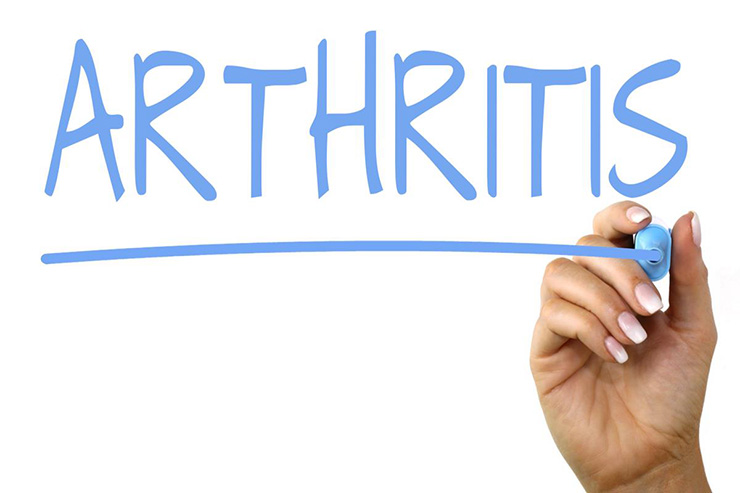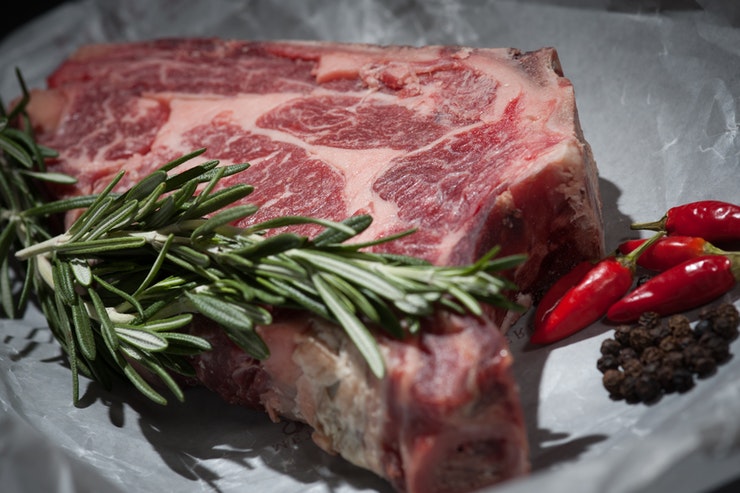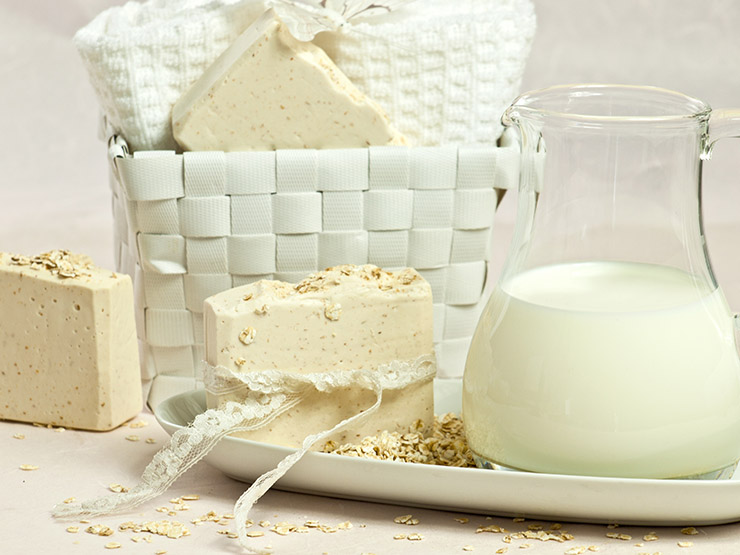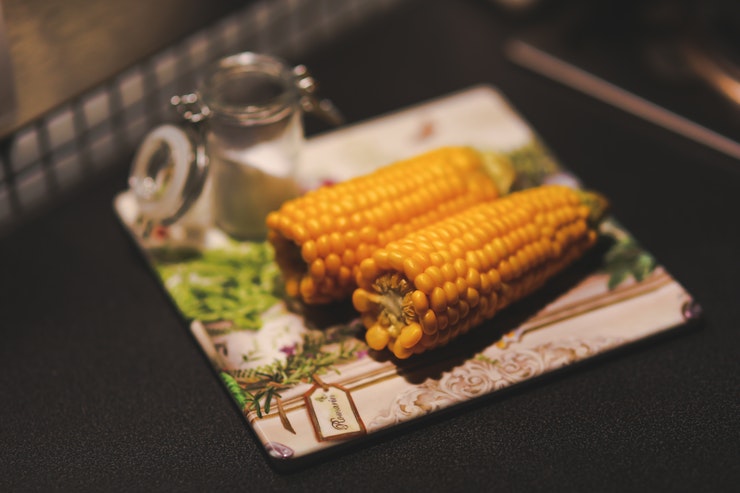
Sponsored Links
(c) Nick Youngson
Arthritis is a catch-all term for conditions that cause joint pain and inflammation. There are several different types, including rheumatoid, osteoarthritis, and psoriatic arthritis. Treatment for all types involves reducing inflammation and managing pain. No one diet can totally eliminate the symptoms of arthritis, and different sufferers have different sensitivities that cause inflammation.
Following is a list dietary habits that can potentially make you feel a lot better, but you will need to do some experimentation. Some items are foods and some are more related to how food is prepared. Finally, we’ll explain a smart strategy for the trial and error process to determine your best arthritis-busting diet. Read on to start reducing your pain level today.
Saturated Fats

Foods that are high in saturated fats are likely to trigger adipose (fat tissue) inflammation. This condition is an indicator for heart disease and worsens arthritis inflammation as well. Major sources of saturated fats are red meat, full-fat dairy products, and fried and processed foods.
A 2009 study from Mount Sinai School of Medicine found that decreasing the amount of saturated fat in your diet can help to restore the body’s natural defenses while reducing inflammation at the same time.
Sugars and Refined Carbs

High daily intake of sugar causes a spike in AGEs, or advanced glycation end products. AGEs cause, you guessed it, inflammation. Further, the American Journal of Clinical Nutrition reports that processed sugars trigger the release of inflammatory “messengers” called cytokines. Avoiding excess sugar is tricky because it goes by many names – one strategy is to look for words on product labels that end in “ose,” such as fructose or sucrose.
To reduce your arthritis pain, it is important to cut out totally empty calories in things like candy, baked desserts, and soda. Cut back as much as possible on food made with refined white flour, like bread and crackers, as well as white rice and many cereals. Fruit juice is also off the list – always go for the whole fruit.
Dairy Products

pxhere.com
Beyond containing a lot of fat, dairy products contain a certain type of protein that might irritate the tissue that surrounds joints. It is worth it to pay attention to whether eliminating dairy makes you feel better, and if so, experiment with a vegan diet.
Getting most of your protein from sources such as spinach, quinoa, beans, lentils, tofu, and nut butters may significantly reduce swelling around painful joints.
Tobacco and Alcohol

pxhere.com
Not the best of habits for anyone, some research suggests that smokers are at a higher risk of developing rheumatoid arthritis. Studies have shown that smoking is harmful to your bones, joints, and connective tissue. Smoking also often makes treatment for arthritis less effective and can cause more complications should surgery become necessary.
Sponsored Links
Alcohol drinkers are more likely to develop gout, a disease in which uric acid is not effectively metabolized. This can cause arthritis, especially in the smaller bones of the feet. Consuming alcohol makes the liver work overtime and drinking too much can severely weaken the liver and cause inflammation. And finally, consumption of both alcohol and tobacco can interfere with the core requirements for healthy joints: balanced diet, exercise, and enough sleep.
Salt

Salt is another thing that can trouble some arthritis sufferers more than others, but you should consider whether excess consumption exacerbates your joint inflammation. Most packaged foods contain not only a lot of salt, but troubling preservatives as well.
Cooking food from its whole form at home is the only way to truly control the amount of salt that you consume. Read labels to select products with reduced sodium and try for those with only natural preservatives as well.
Corn oil/Omega-6s

Omega 6 fatty acids are actually needed by the body needs for normal growth and development. The trick is that it needs the right balance of omega-6s to omega-3s (as in fish oil). Too much omega-6 is associated with inflammatory chemicals that can bother arthritis. It is very easy to get too much omega-6 in your diet.
To avoid that, steer clear of oils including corn, sunflower, vegetable, soy, peanut, safflower, and grapeseed. Omega-6s are also found in many salad dressings and mayonnaise. Add more omega-3s every chance you get, by pushing olive oil, nuts, and seeds like flax and pumpkin.
Artificial Additives

(с) Kandukuru Nagarjun
Food additives that are made in a laboratory may trigger chronic inflammation in certain people and are best avoided by those with arthritis. A prime example is MSG, a sneaky salt-based powder that is found in many Asians foods, including soy sauce. It may also be added to salad dressings, deli meat, soup mixes, or fast foods, all of which ought to be avoided for other reasons. The issue with MSG is most likely the sodium content.
Another chemical additive you should potentially avoid is aspartame. This sweetener may seem like a good idea if you are trying to reduce your sugar intake, but it is completely non-nutritive and in people with sensitivity, it will trigger the body to react as though a foreign invader has entered the system. That causes the inflammatory response you want to avoid at all costs.
Lower Cooking Temps

Remember we talked about AGEs (advanced glycation end products) and their tendency to create inflammation all over the body? Another way they are produced is by heating food to a high temperature. That means that products which are grilled, fried, or pasteurized can release cytokines when eaten and send inflammatory messages throughout the body.
While it might be next to impossible to eliminate all cooked food from your diet (though some people do eat only raw foods), it is wise to reduce the amount that you eat as much as possible. Whole fruits, raw or lightly cooked vegetables, and salads are great alternatives.
The Final Word

Sponsored Links
(c) Nick Youngson
Some arthritis sufferers are more bothered by the foods, ingredients, and preparation methods on our list than others. It will be a process of trial and error to determine what kind of diet is optimal for you. Keeping a food journal of what you ate and the level of your arthritis pain is one way to form accurate conclusions about your particular needs.
It is best to eliminate all the potentially troubling items at once, and then pay attention to how you feel over the next week or so. Then, add one item back in, for example, dairy or bread. Again, observe how you feel over a week. If your pain flares, then that food is not good for you. If you have no noticeable difference, it may not be a problem to keep in your diet. Good luck!
